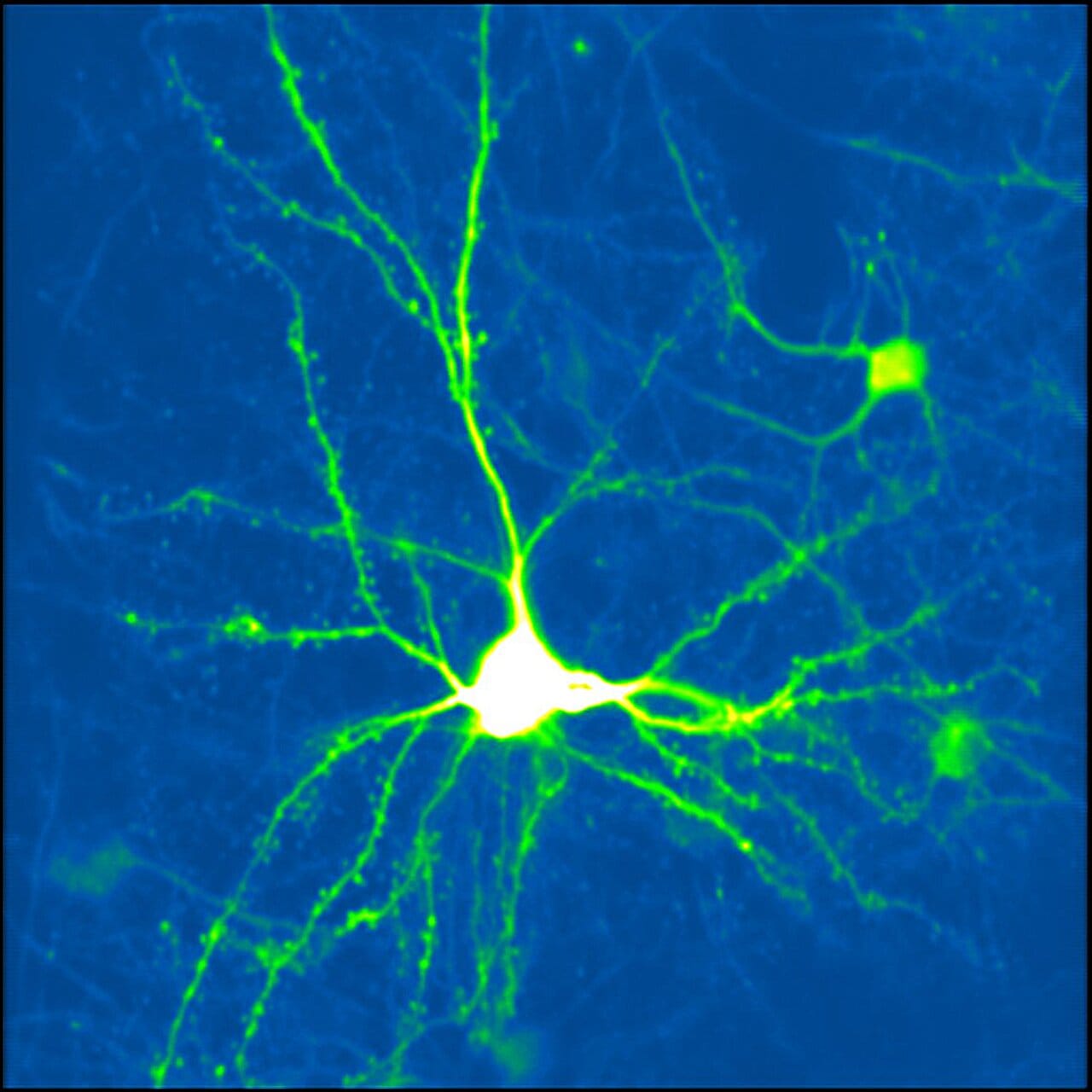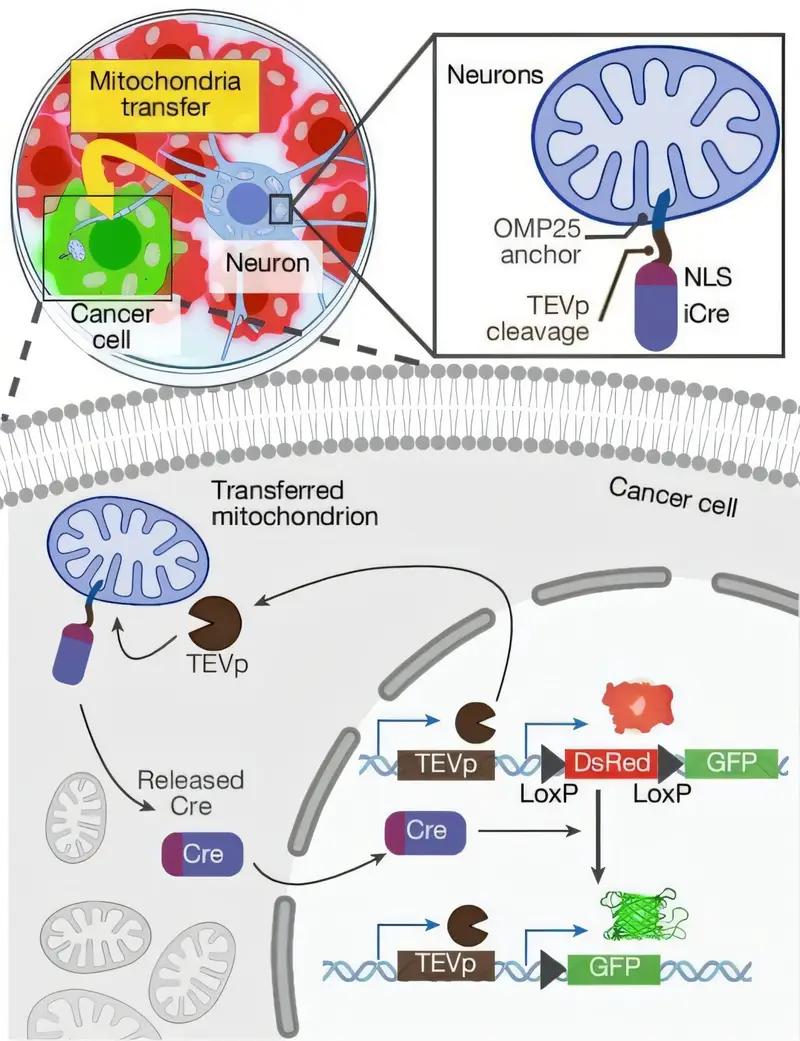Not all sensations are created equal—even when they come from the same touch. You might brush your hand across the same surface twice and feel it differently each time. Sometimes the texture feels vivid, as if magnified under a microscope. Other times, it’s a faint impression, barely registering. Why does this happen?
The mystery has long puzzled neuroscientists, but a breakthrough study from the University of Geneva (UNIGE) may have finally illuminated the brain’s hidden switches that fine-tune how we feel the world. The research, recently published in Nature Communications, reveals a novel form of neural communication between the thalamus—the brain’s central relay hub—and the somatosensory cortex, the region that interprets tactile input.
This discovery opens a new window into how the brain adjusts its sensitivity to touch, and may eventually help decode mental disorders like autism that are linked to altered sensory perception. It also redefines how we think about the seemingly mechanical process of touch—not as a one-way road from the skin to the brain, but as a vibrant feedback loop shaped by attention, context, and internal brain states.
Touch Is Not Just Touch: It’s a Conversation
The human brain processes information from the environment in a staggeringly complex way. Take touch: sensory receptors in the skin detect physical contact and convert it into electrical signals. These signals travel through the nervous system to the somatosensory cortex. But on the way, they pass through the thalamus—a sort of air traffic control tower for sensory input.
For years, the thalamus was seen as a passive relay station. But scientists now understand it as an active participant in perception. What wasn’t known—until now—is that some of the thalamus’s outgoing connections don’t just transmit sensory signals. They change the rules of how signals are interpreted in the brain.
The Geneva team, led by Professor Anthony Holtmaat of UNIGE’s Faculty of Medicine, zeroed in on a curious class of neurons called pyramidal neurons, which live in the somatosensory cortex. These neurons are so named because of their triangular shape, with long dendritic branches reaching toward the surface of the brain. These branches receive incoming messages, and their location seems to matter—a lot.
“Pyramidal neurons are asymmetrical in both shape and function,” explains Holtmaat. “The top of the neuron doesn’t behave the same way as the bottom. That’s a clue that something special might be going on.”
A Thalamic Detour With Surprising Consequences
To investigate, the researchers used a clever trick: stimulating the whiskers of mice. This might seem odd, but in rodents, whiskers are a primary way of sensing the world—akin to touch in humans. When the whiskers moved, the team tracked the precise brain activity that followed.
They discovered that a specific region of the thalamus projects directly to the apical dendrites at the tops of the pyramidal neurons. But rather than triggering these neurons in the usual excitatory way, the signal had a more subtle effect: it made the neurons more sensitive to future input.
“This wasn’t just a regular activation,” says Ronan Chéreau, senior researcher at UNIGE and co-author of the study. “Instead of causing the neuron to fire, it essentially turned up the volume knob, making it more likely to fire the next time it received a stimulus.”
In essence, the thalamus wasn’t shouting louder—it was making the cortex more alert to whispers.
Rewiring Responsiveness: The Role of Glutamate and a Hidden Receptor
To unravel the biology behind this sensitivity shift, the scientists used a combination of electrophysiology, optogenetics, and high-resolution imaging—technologies that allow researchers to record and even manipulate electrical signals in specific neurons.
They found that this pathway hinges on glutamate, a common neurotransmitter often associated with excitation. But here’s the twist: instead of binding to its usual receptors that directly excite neurons, glutamate in this pathway binds to a different receptor, located in a unique region of the dendrite. This receptor doesn’t light the neuron up immediately—it prepares it.
“It’s like loading a spring,” Chéreau says. “The neuron is placed in a primed state. It’s not firing yet, but it’s ready to, more than it would be otherwise.”
This fine-tuned sensitivity offers a biological explanation for how the same touch can feel so different depending on context. When this thalamic pathway is active, the brain is essentially saying: “Pay attention, something important might be coming.”
A Feedback Loop That Refines Experience
Most importantly, the study sheds light on the long-overlooked role of feedback in sensory perception. The thalamus doesn’t just receive instructions from the senses—it listens to the cortex, too. This back-and-forth loop allows the brain to adjust its perception in real time.
“This mechanism helps explain why touch perception is flexible,” Holtmaat explains. “It’s not a fixed process. It varies depending on internal states like attention or arousal, and now we have a better idea of how the brain implements that variation.”
This dynamic adaptability is not just a quirk—it’s likely a cornerstone of conscious experience. The ability to filter, prioritize, and amplify certain sensations over others is what allows us to focus on a conversation in a noisy room or notice a faint breeze when we’re relaxed. It’s how the brain decides what matters—and when.
Implications for Autism and Beyond
The research doesn’t stop at curiosity. It may have clinical implications, especially for conditions marked by altered sensory sensitivity, like autism spectrum disorders (ASD). Many individuals with ASD experience touch either as overwhelming or barely noticeable. Could an abnormal modulation pathway between the thalamus and cortex be part of the explanation?
“It’s certainly possible,” says Holtmaat. “If this feedback loop is too strong or too weak, it could lead to sensory experiences that are inconsistent or difficult to process. That’s something we’re very interested in studying further.”
Moreover, the findings may help explain changes in sensory perception across different states of consciousness. For instance, during sleep, touch sensitivity drops—perhaps because these modulatory pathways go quiet. During alertness or stress, they might ramp up, sharpening the brain’s sensory antennae.
A New Chapter in Brain Science
At its heart, this discovery changes how we understand the brain’s conversation with the world. It reminds us that perception is not passive. It’s sculpted by circuits that interpret, shape, and even predict sensory input. The thalamus is not just a gatekeeper; it’s a collaborator in crafting our moment-to-moment reality.
And perhaps most astonishingly, it does this by whispering—not shouting—to the cortex. By subtly tuning the volume of what we feel, it helps ensure that our perception matches not just the external world, but our internal priorities.
In the quiet complexity of a single neuron, we glimpse something profound: perception is not just received. It is created.
More information: Federico Brandalise et al, Thalamocortical feedback selectively controls pyramidal neuron excitability, Nature Communications (2025). DOI: 10.1038/s41467-025-60835-w






